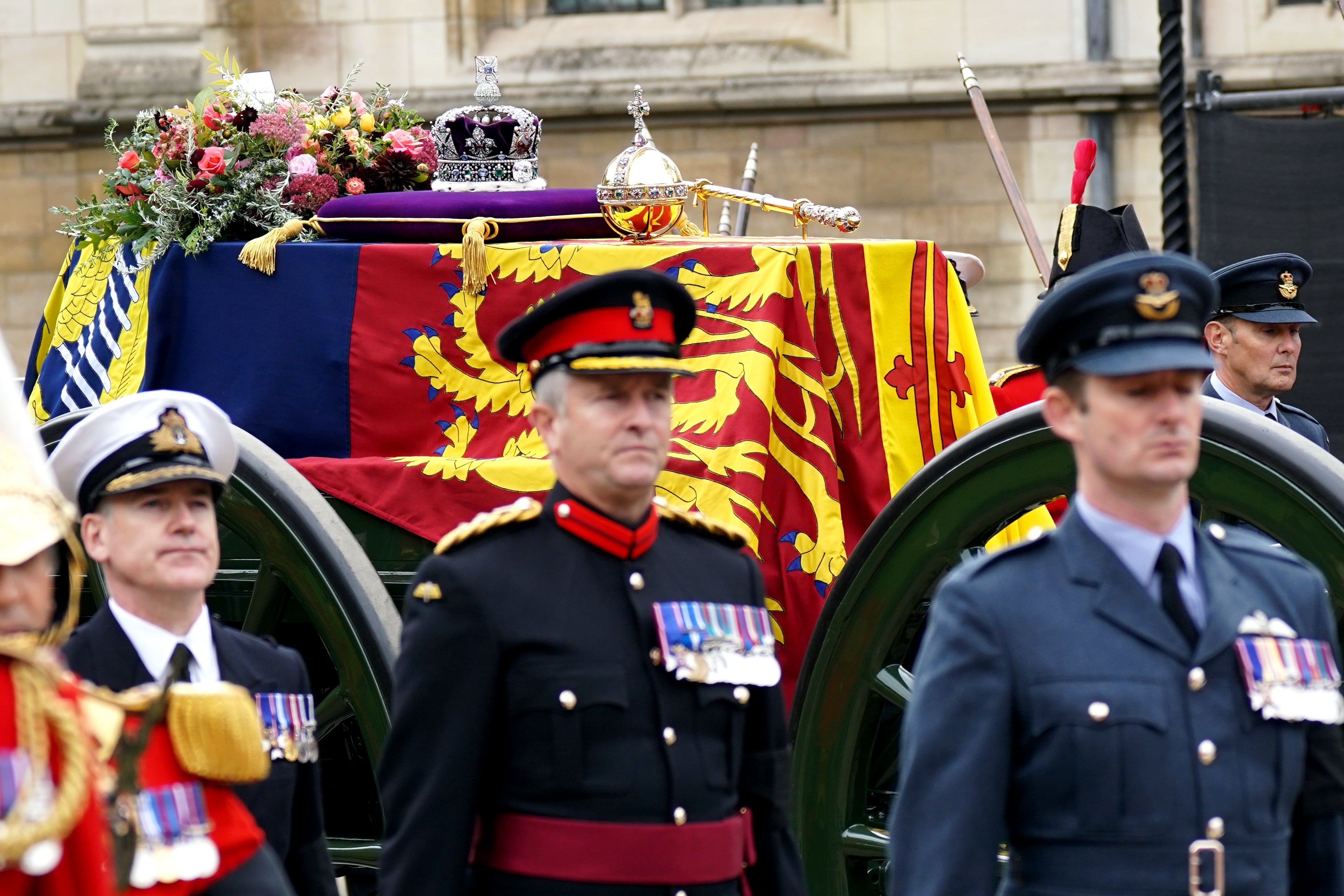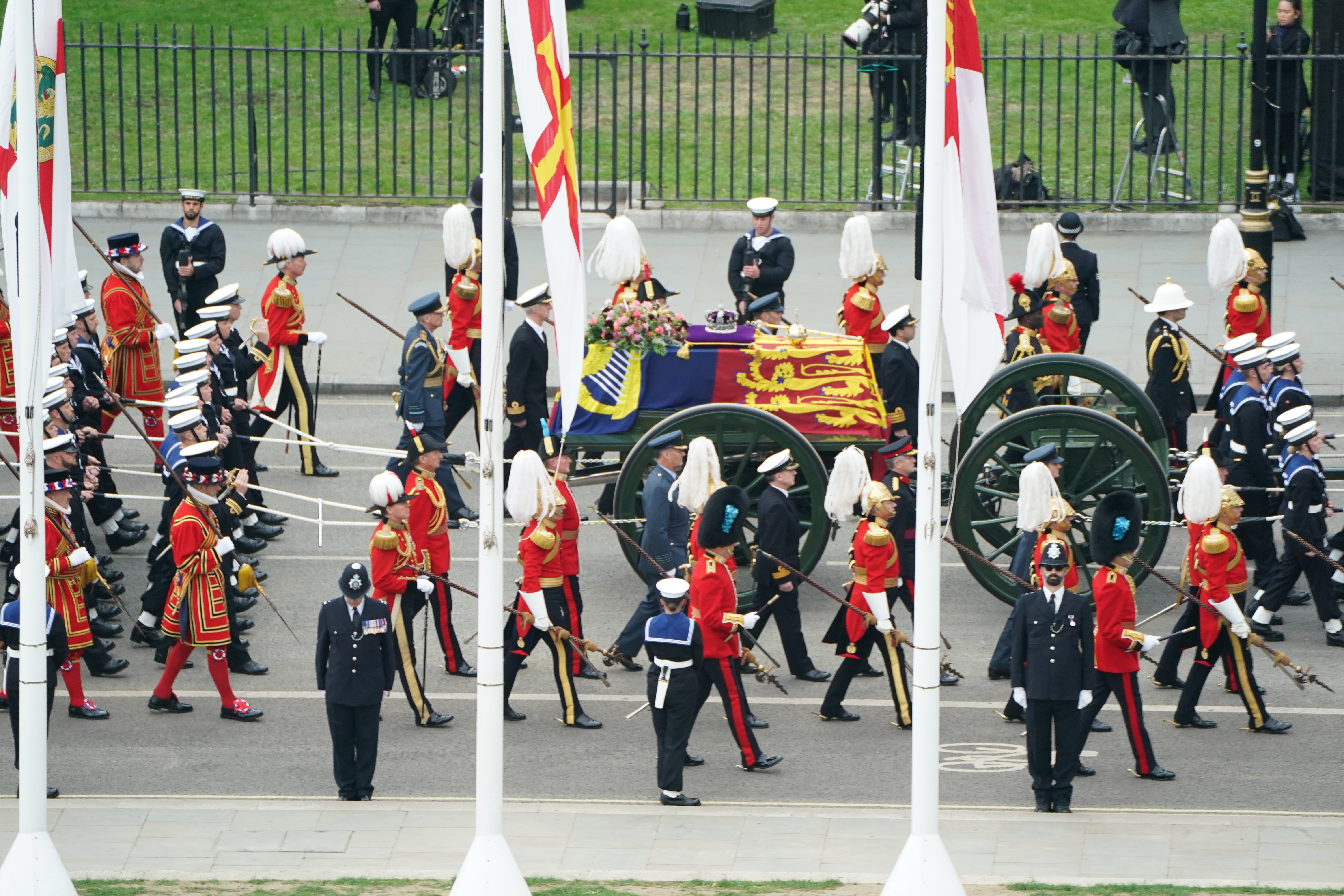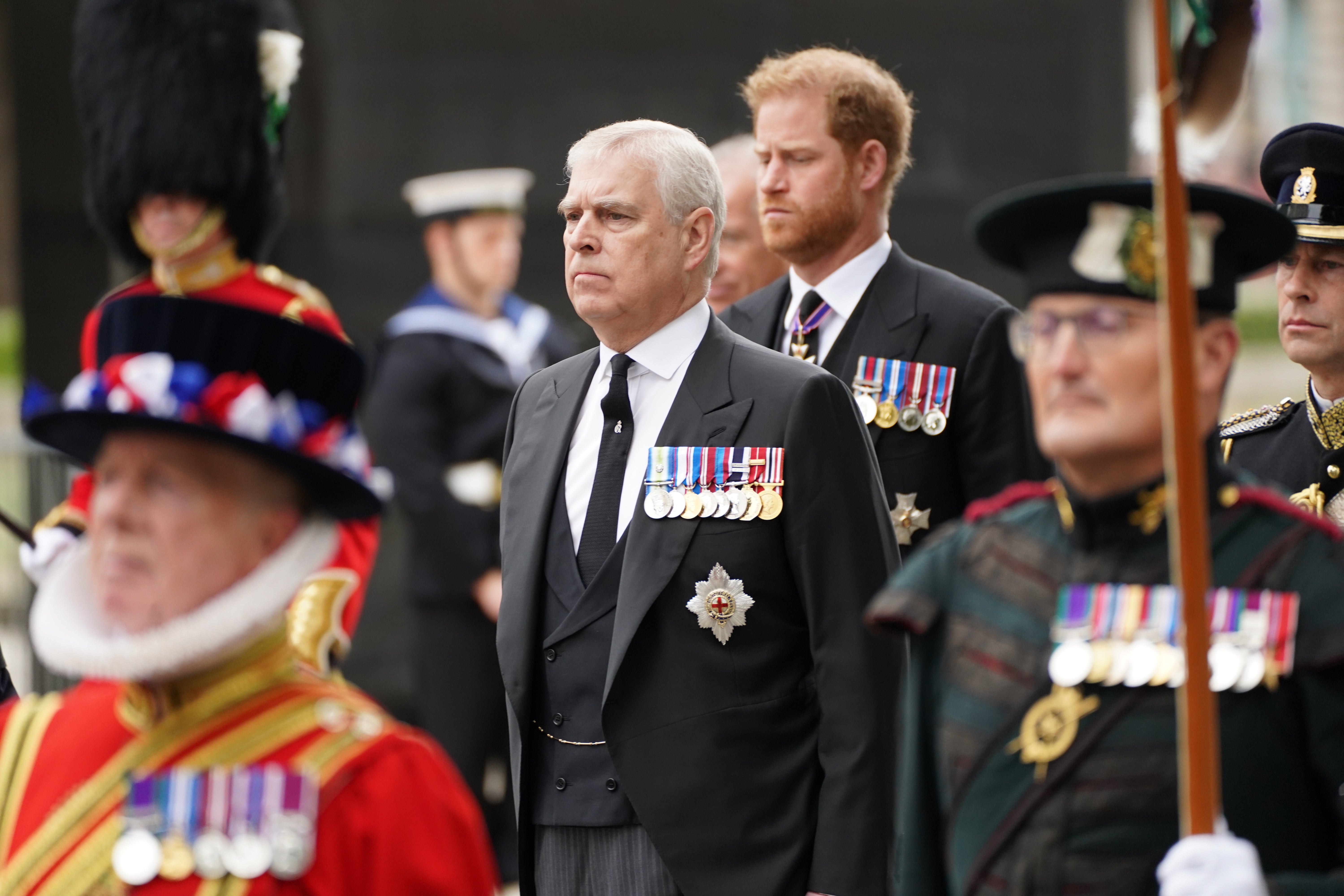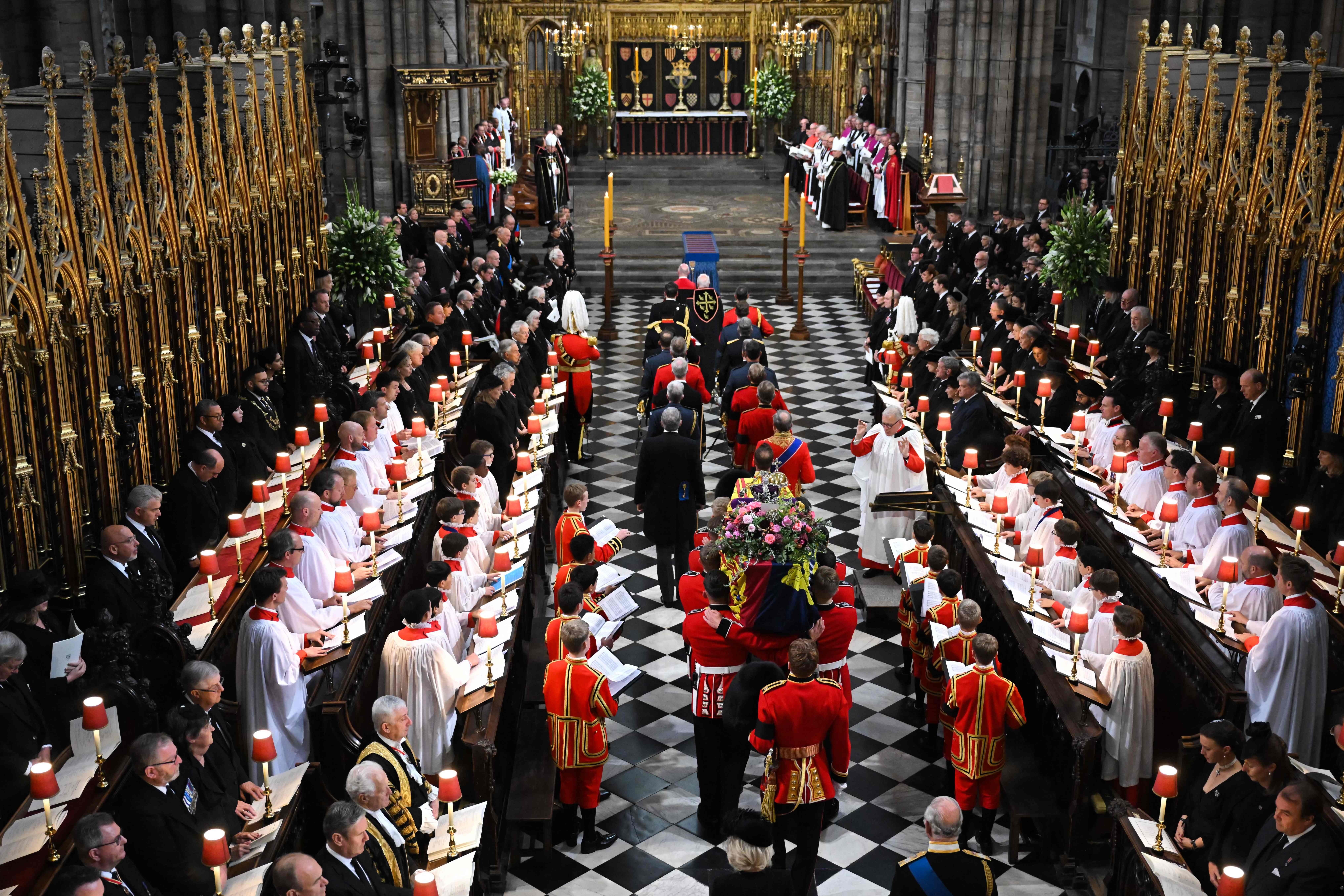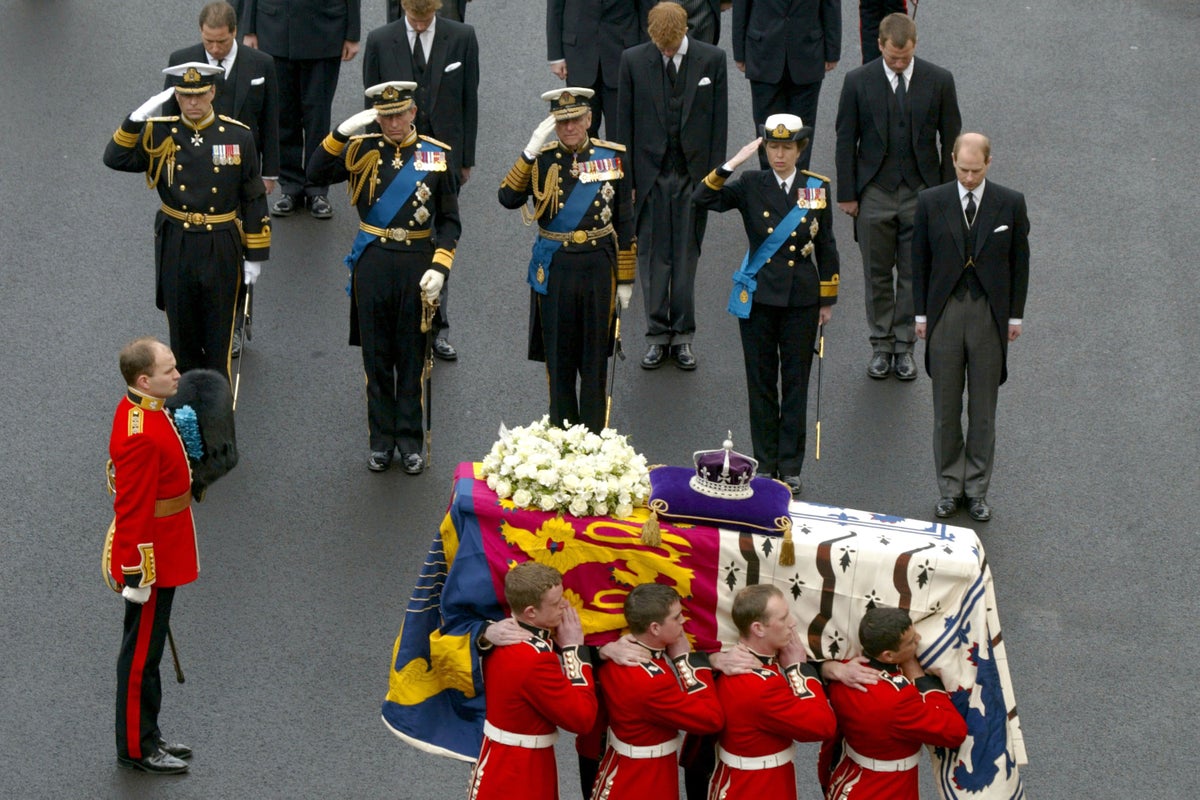
Britain’s longest-reigning monarch, Queen Elizabeth II, is being laid to rest on Monday in one of the biggest state funerals the world has ever seen.
Her Majesty, 96, passed away at her Balmoral estate in Scotland on Thursday 8 September after 70 years on the throne, setting in motion 11 days of mourning as the nation came together to remember an extraordinary public servant.
The last time a royal funeral was held in Britain was just last April, when the Queen’s late husband, Prince Philip, was laid to rest at St George’s Chapel in Windsor Castle, as the monarch herself will now be later today.
That event was necessarily pared-down because of the social restrictions then in place to tackle the spread of Covid-19, leaving the Queen a solitary figure as she grieved her closest friend and confidante in lonely isolation.
Her mother’s funeral, on 9 April 2002, was much closer to the events we will see today.
Queen Elizabeth, the Queen Mother, had passed away in her sleep at the Royal Lodge, Windsor Great Park, on 30 March that year at the grand old age of 101 after suffering a chest cold.
Her daughter was at her bedside in her final moments.
The Queen Mother’s coffin, decorated with the camellias she grew in the gardens of every royal household, likewise lay in state at Westminster Hall in the Palaces of Westminster, where an estimated 200,000 members of the public again queued over three days to pay their final respects to an extremely well-liked member of the royal family.
Her funeral, like her daughter’s today, took place at Westminster Abbey and saw around one million people line the streets of the capital to say goodbye, before she too was buried at St George’s in Windsor, as is the family custom.


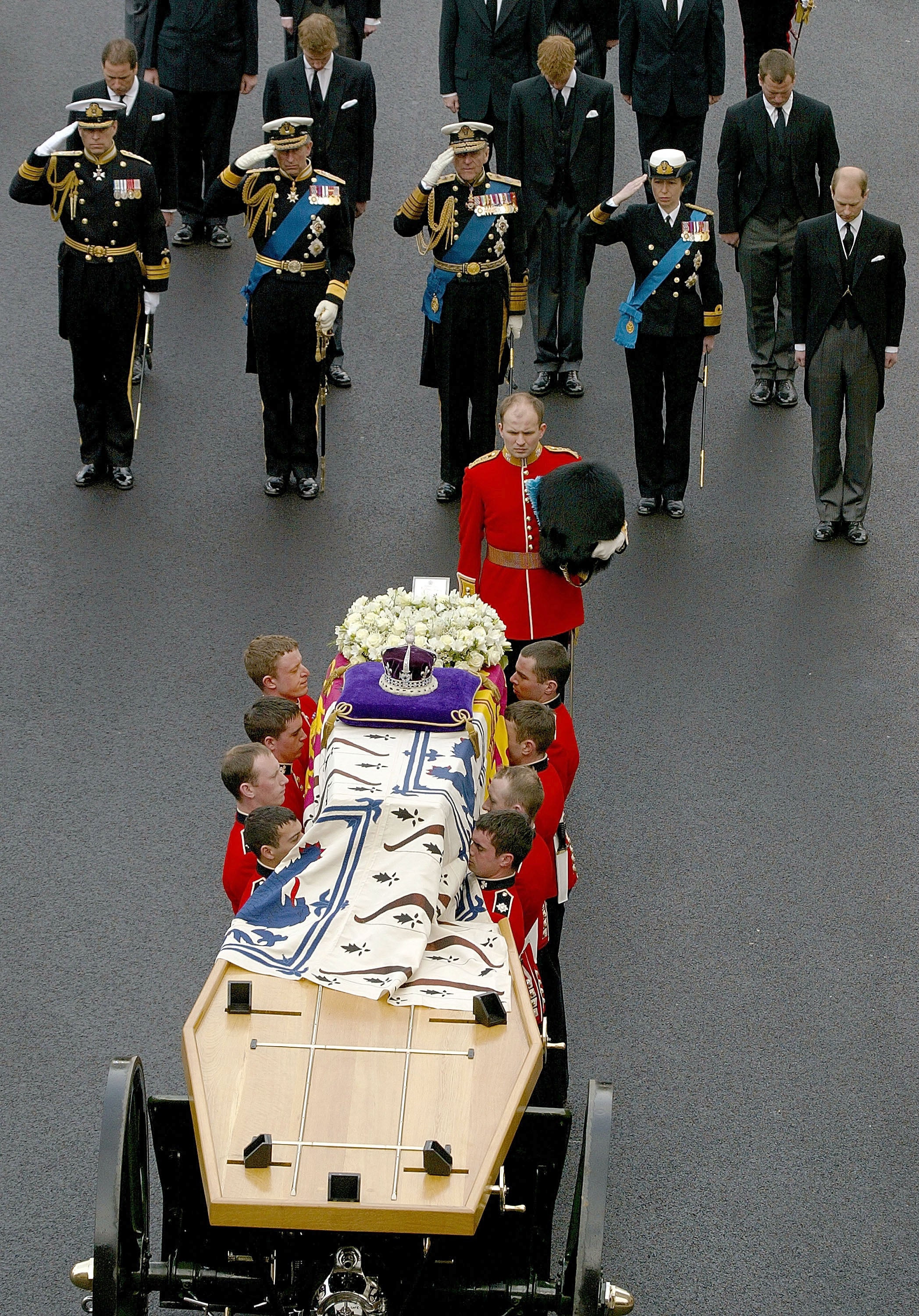
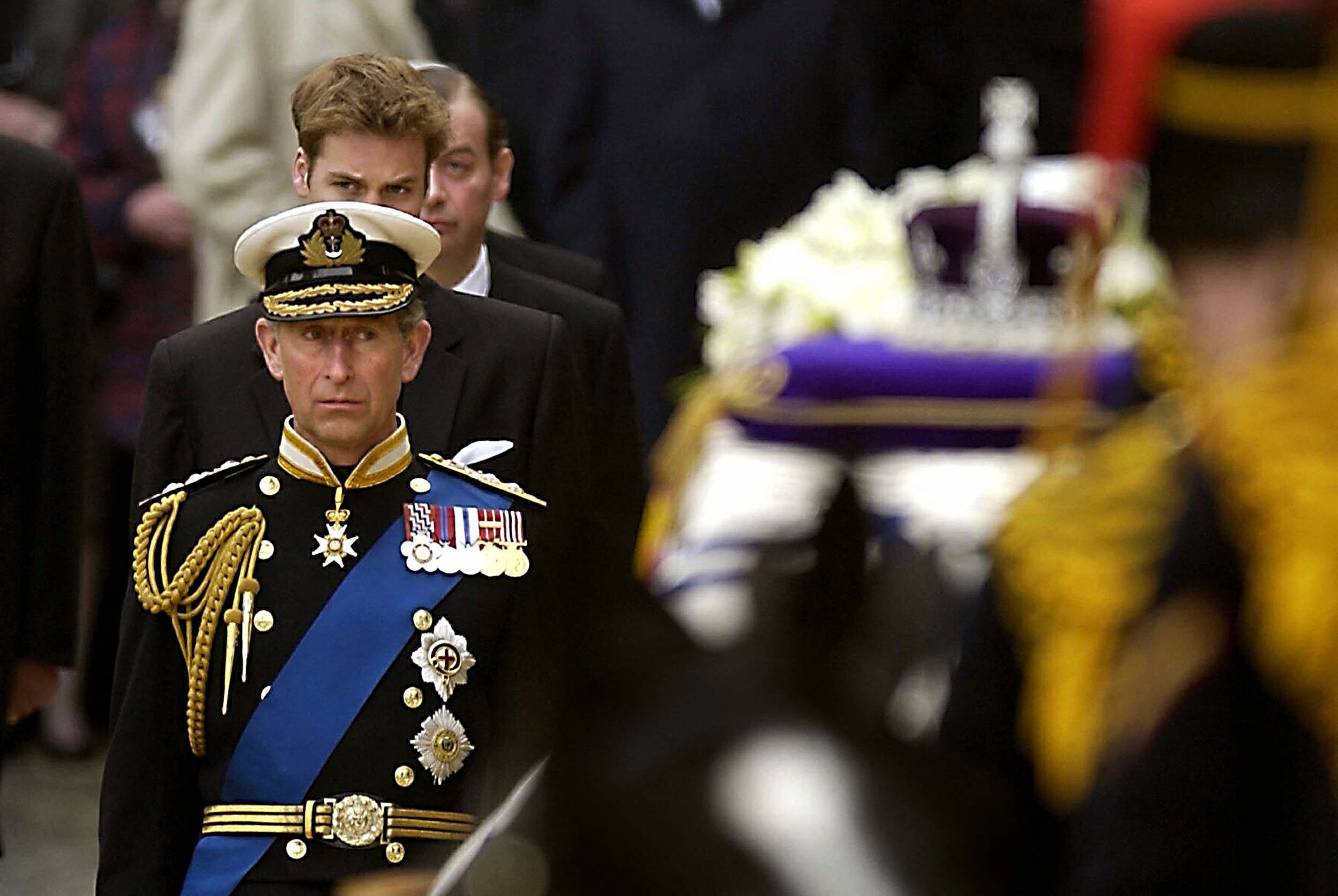
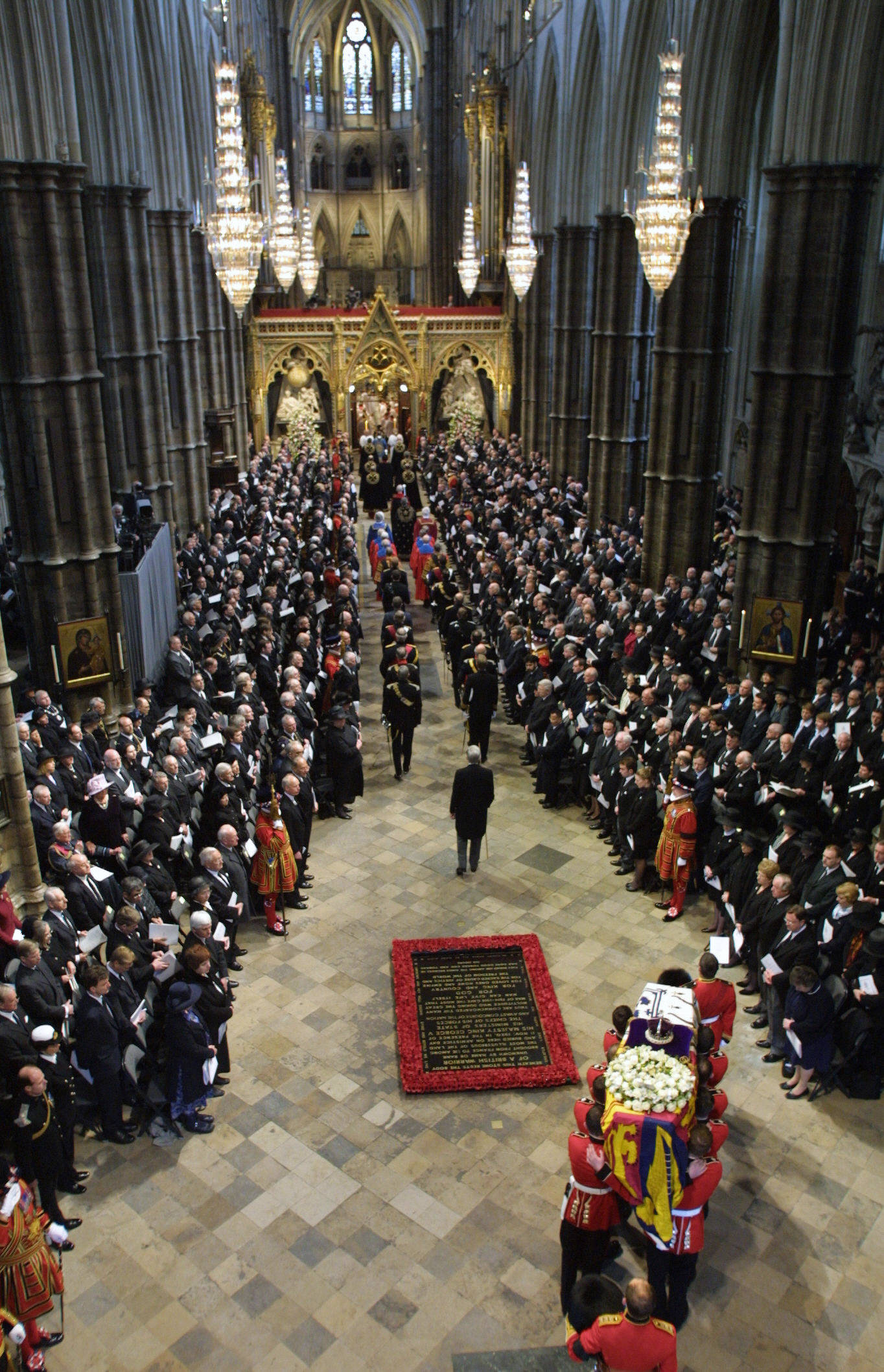
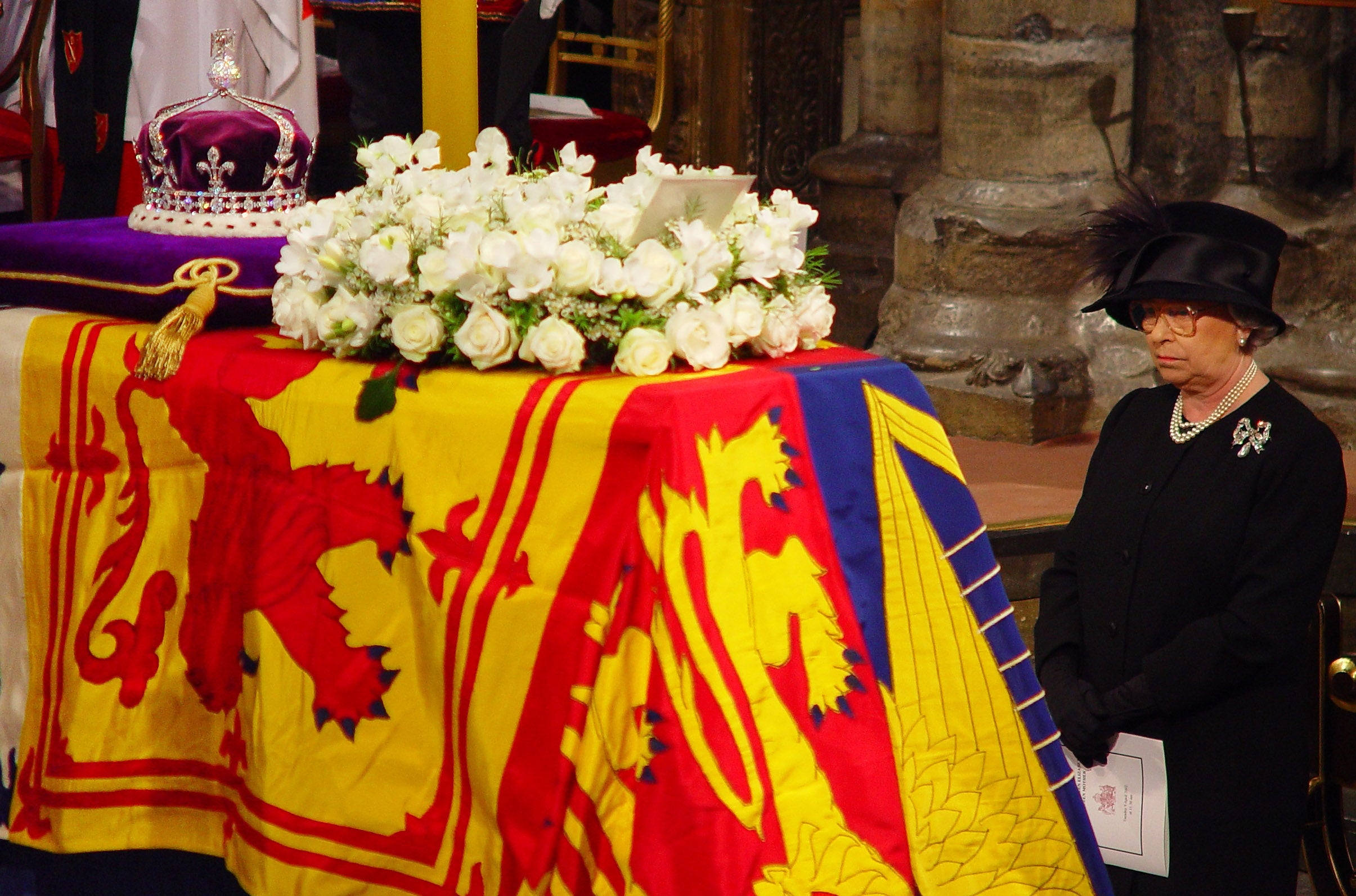

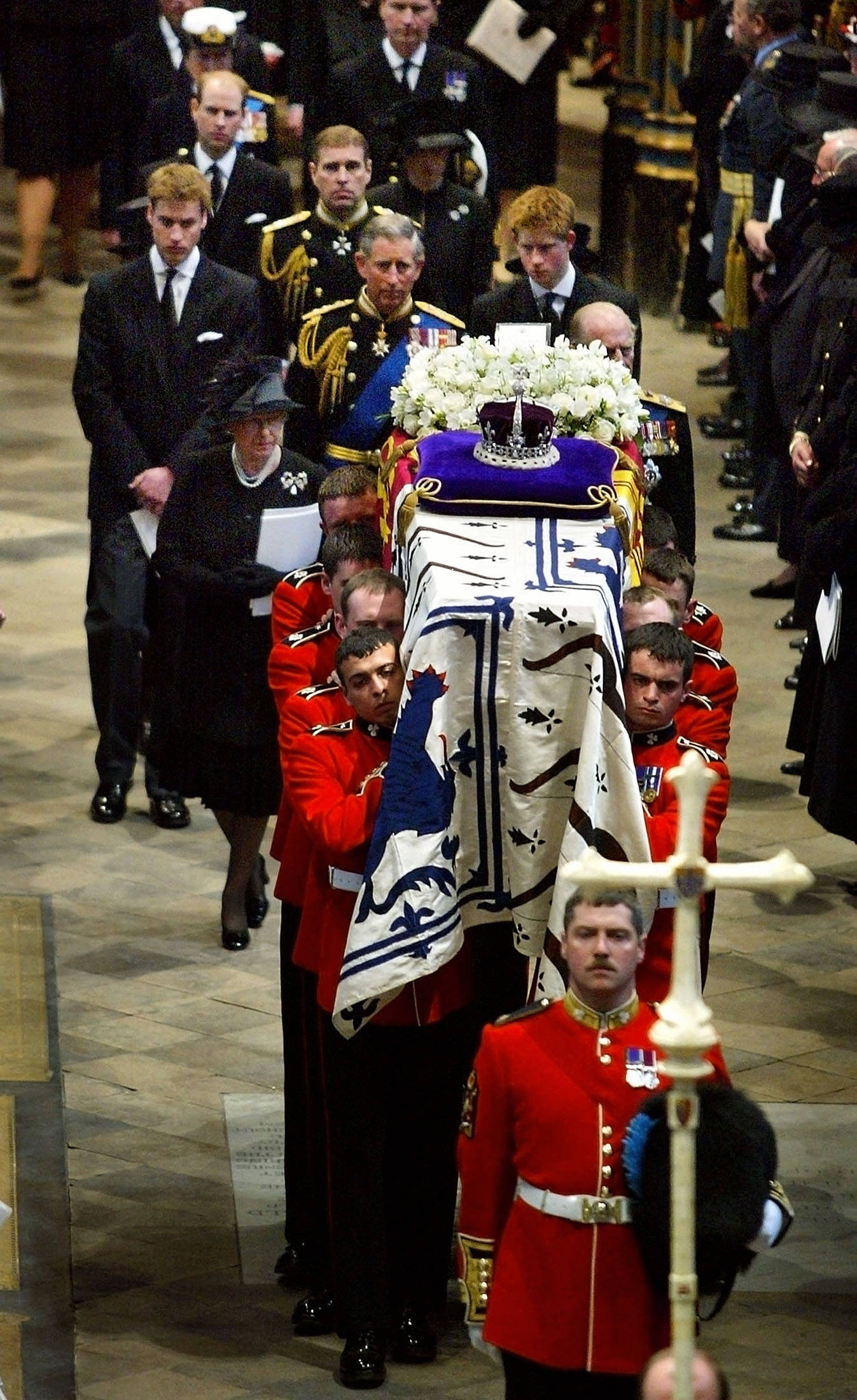
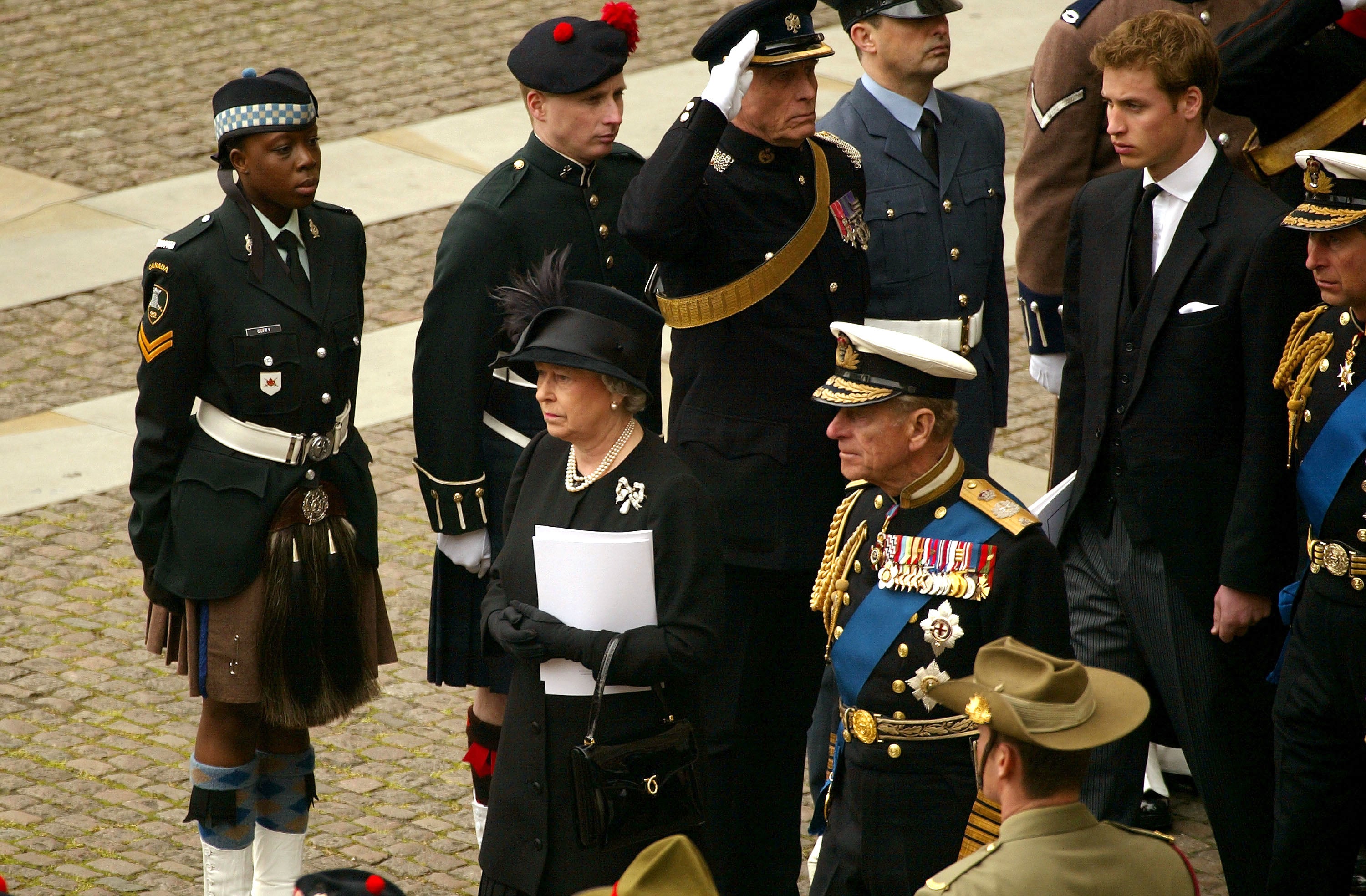

Twenty years later, her daughter would be honoured in similar fashion.
